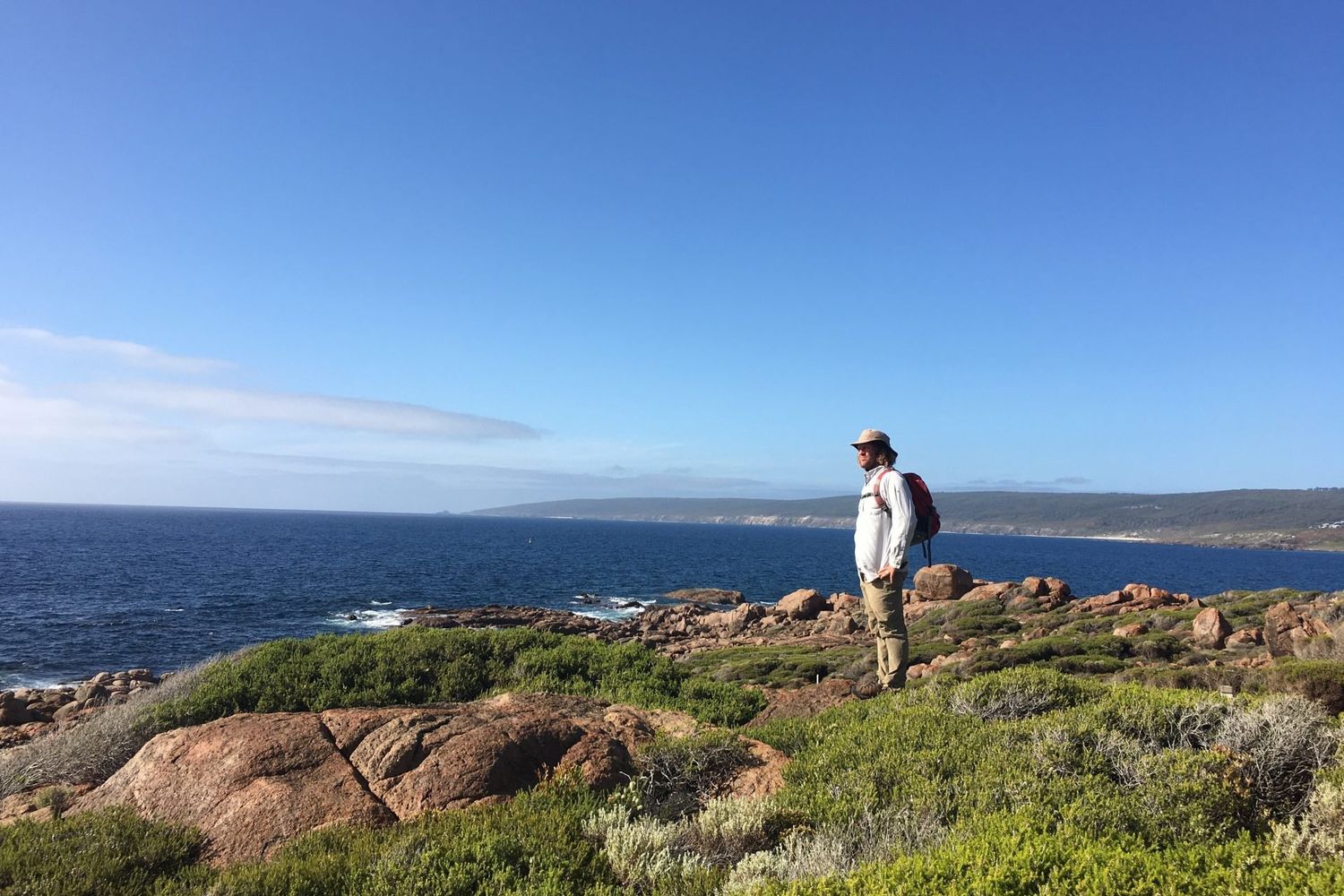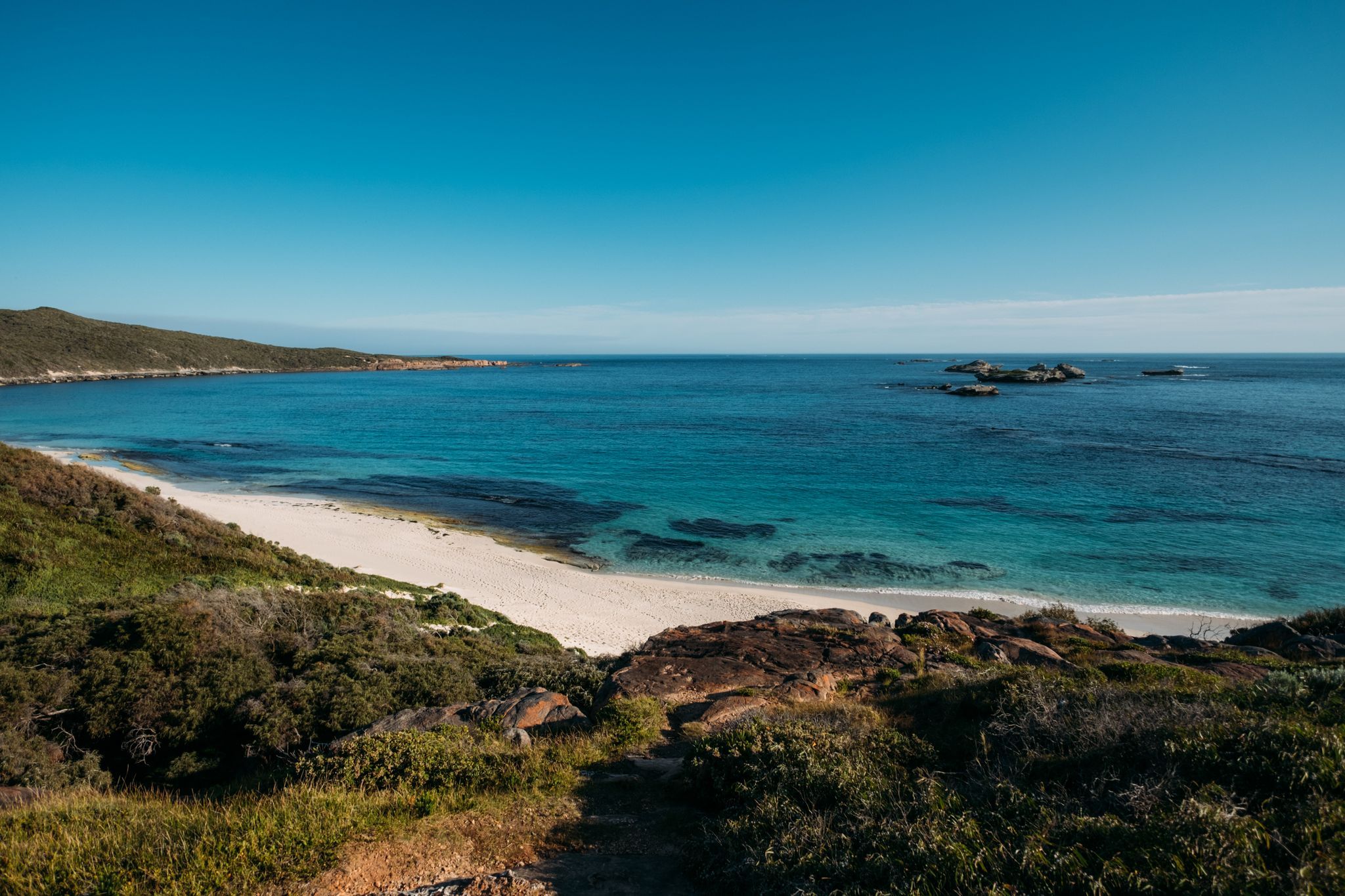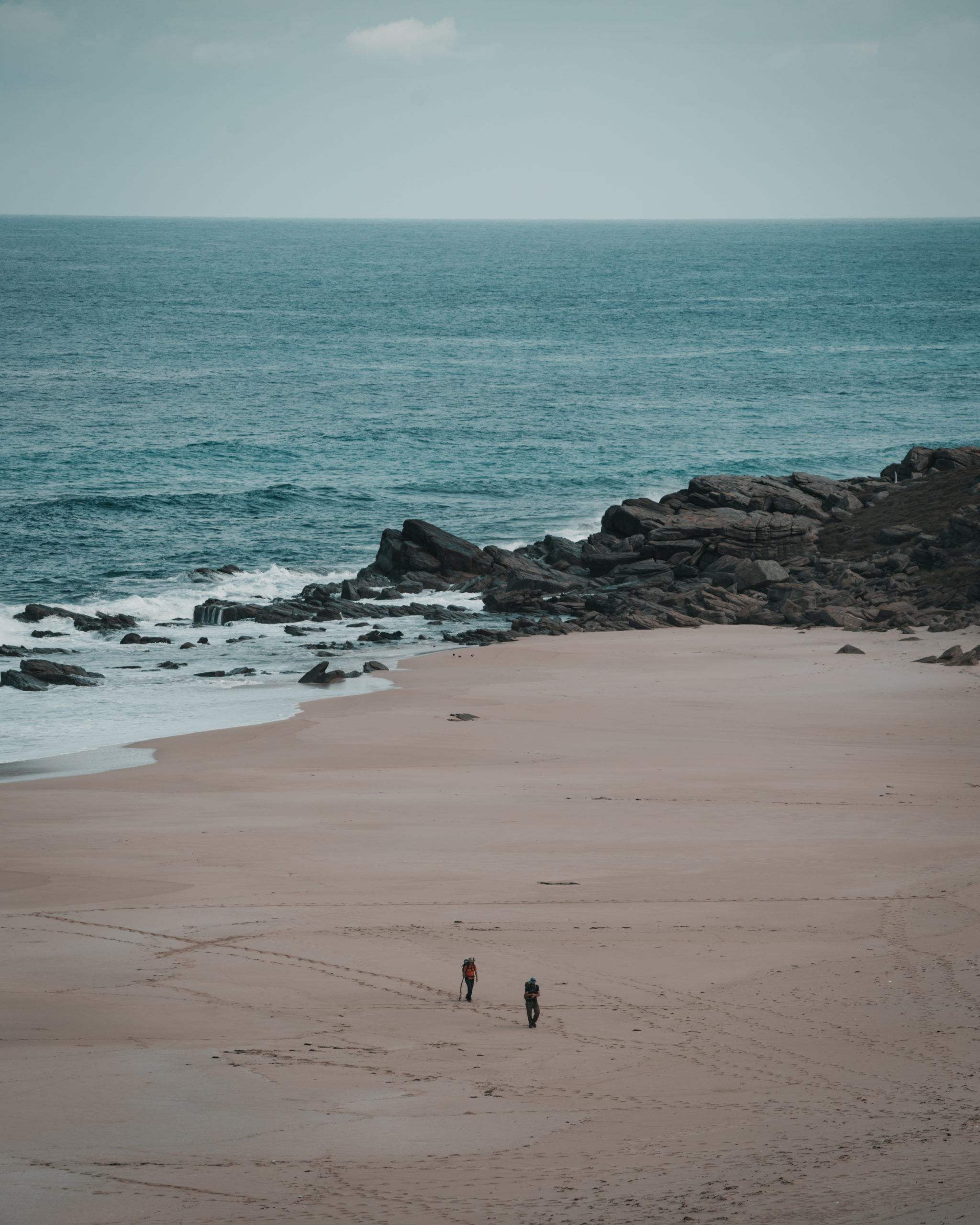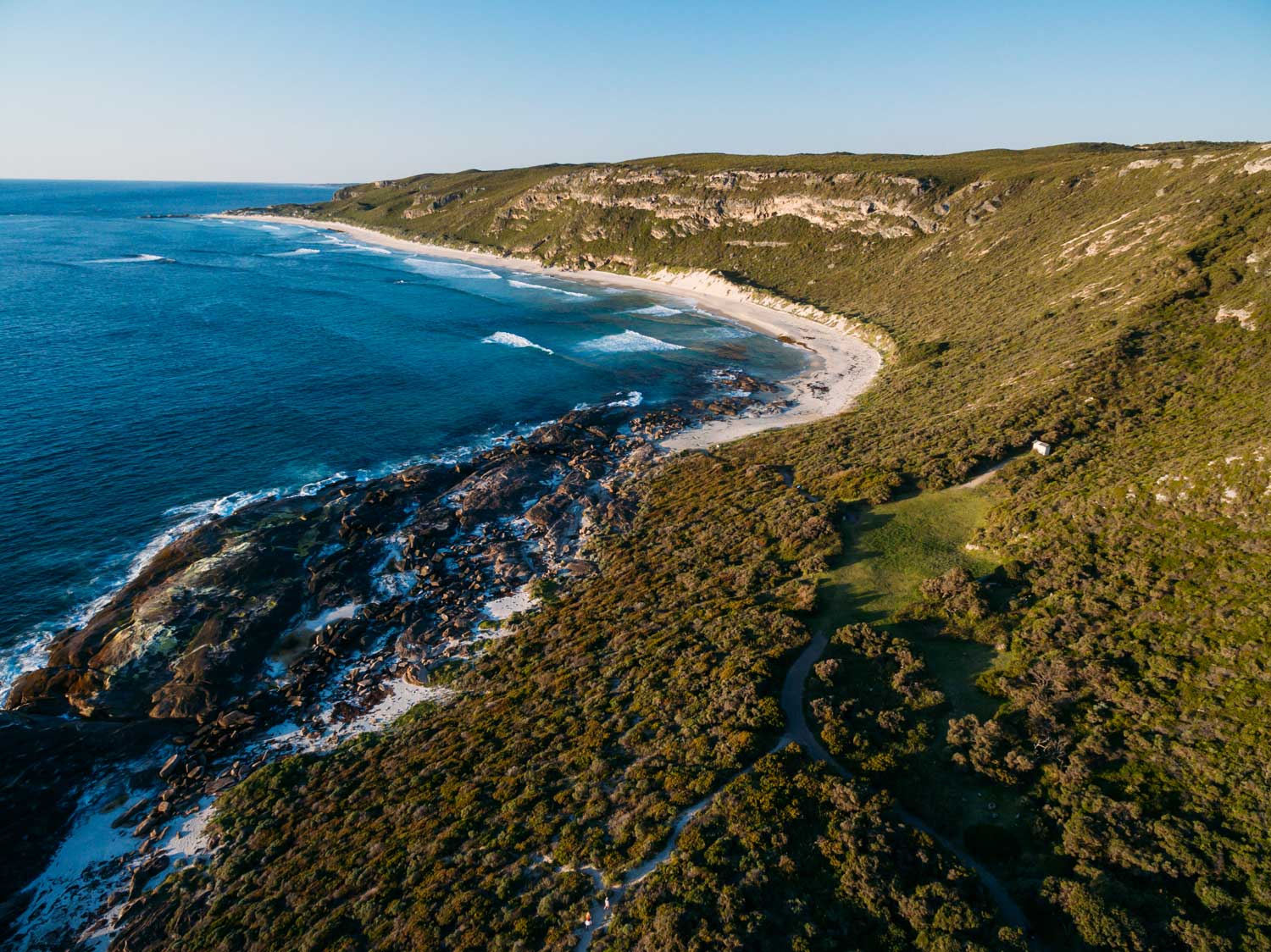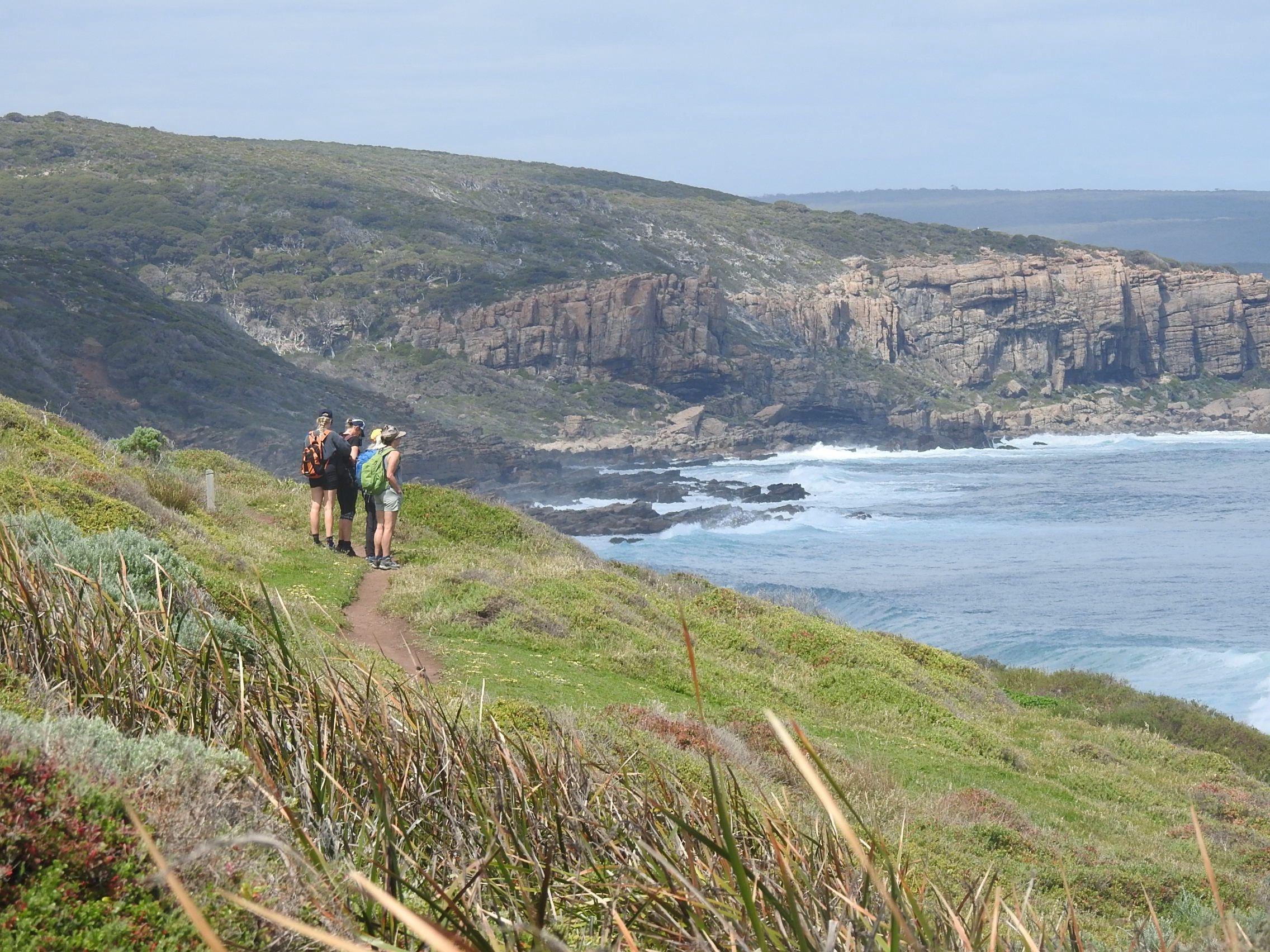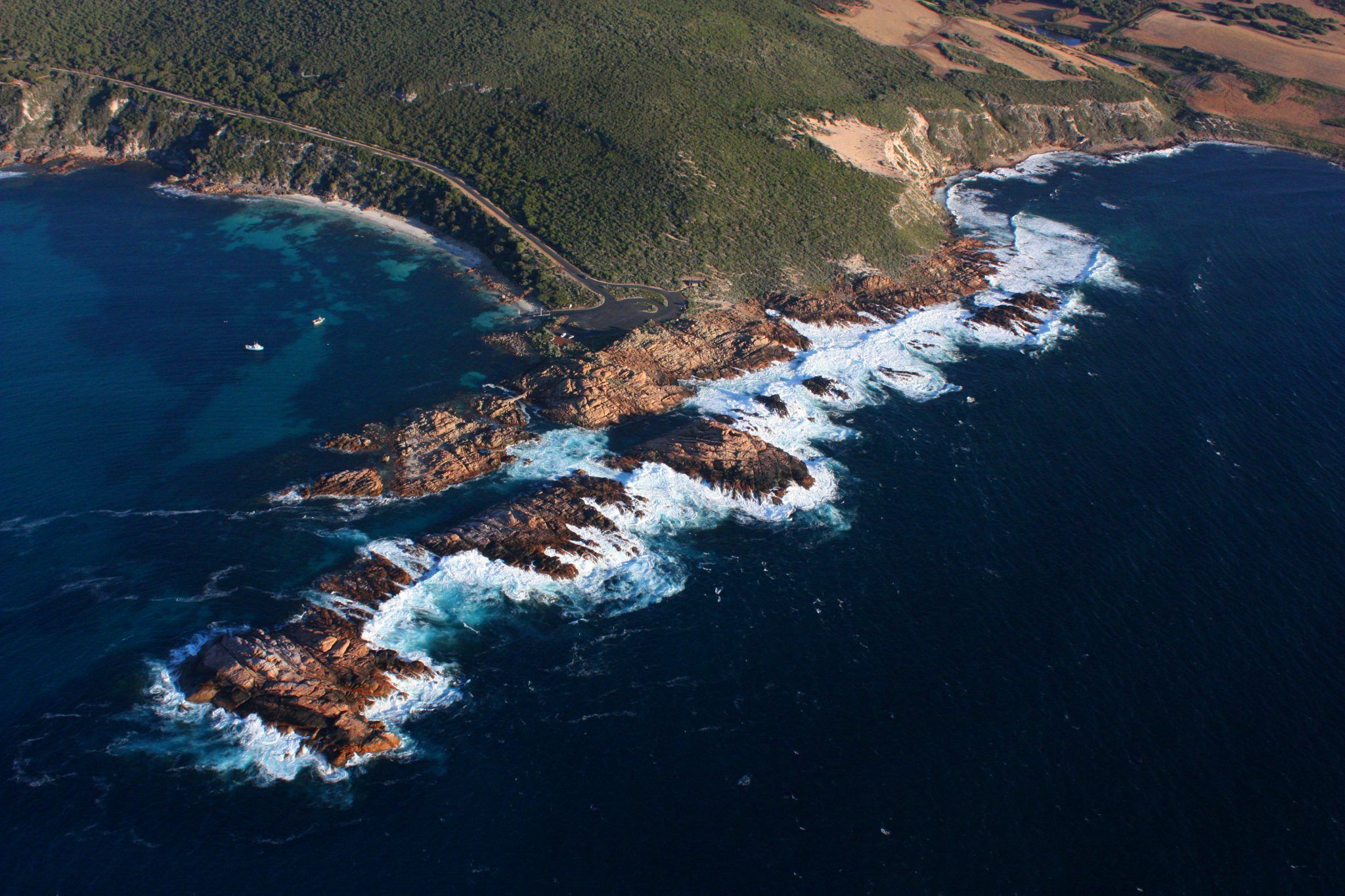The physical act of walking, done with repetition over a number of days, is a calming experience.
Away from the distracting aspects of modern life, it offers time to notice, to listen, and to focus on one singular negotiating path forward. The Cape to Cape Track is truly one of the most exceptional multi-day walks in the world. The hike is predominantly coastal terrain, and captures the region’s unique maritime history, beautiful landscapes, and seasonal surprises such as wildflowers, whales, black cockatoos, and lizards. For a multi-day hike, the Cape to Cape is do-able in stages for walkers at most levels. Keep in mind though that it’s always important to plan carefully, carry enough clean water, and communicate your plan with others.
A lot of folks walk the Cape to Cape from north to south, but there’s a good chance you’ll get a southerly wind behind you, so some experienced hikers suggest going from south to north.
If you have an itch to tick the hike off your bucket list, this 6-day breakdown might give you the inspiration you need. It’s by no means definitive, and it’s advisable to check in with tour operators on what sort of hike would work best for you.
